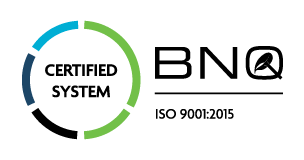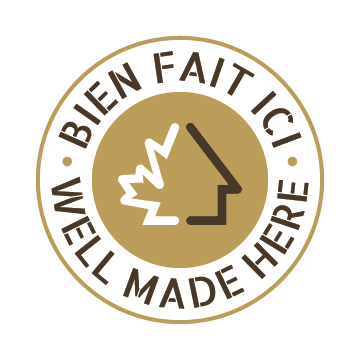One of the best ways to ensure that a construction or renovation project goes well is to plan it carefully—and caulking projects are no exception.
If you’re planning on sealing joints, refer to this list of essential tools and products to make sure you have the right items on hand. With these tools, you’ll have an easier time and better results!
Tools for removing old sealant
Unless you’re caulking a new construction, you’ll definitely need to remove the old sealant before making new joints. Removing old sealant can be a grueling task if you’re not properly equipped.
Here are a few tools that will help you save time and energy for the rest of your caulking project.
Utility knife or electric knife
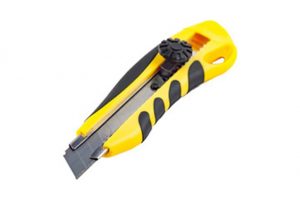
A good knife will help you cut away the old sealant. Caulking professionals are often equipped with a utility knife or an electric knife.
Sealant scraper
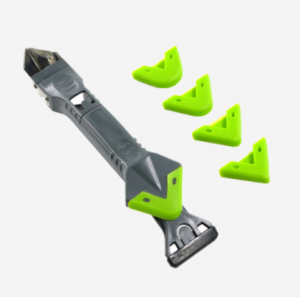
A scraper is a great tool for removing sealant residue that refuses to come off.
When selecting your sealant scraper, look for a model that won’t damage the building material the sealant is attached to.
Long-nose pliers
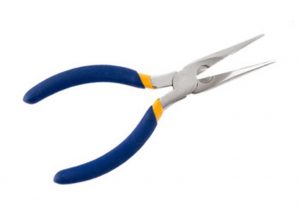
Pliers are another useful tool for removing sealant.
Long-nose pliers will give you the grip you need to remove small bits of sealant that are stuck. Furthermore, their shape will improve your dexterity and give you the ability to remove sealant in hard-to-reach areas.
Heat gun
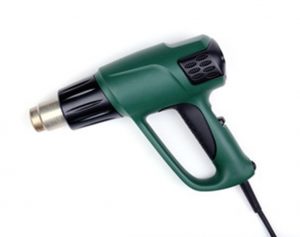
A heat gun isn’t absolutely essential when removing old sealant. However, if the sealant is very old and hard, a heat gun will help soften it up, making it easier to remove.
Products and tools for preparing surfaces
It’s important to properly prepare the surface you’re going to be caulking to ensure that the new sealant adheres well. Preparing the surface should always include a thorough cleaning, and backer rods and primer may be called for as well.
Here are the tools, products and accessories you may need to prepare your surface before caulking.
Brush
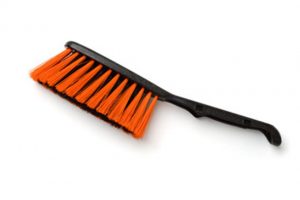
With a brush, you can remove dust and most of the old sealant residue on the surface you’ll be caulking.
Avoid brushes with bristles that are too hard or made of metal, because they can damage some surfaces.
Cleaning agent
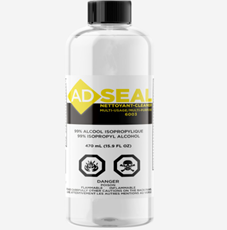
Many caulking professionals will use an alcohol-based cleaning agent to ensure that the surface is as clean as possible before applying sealant.
When applied with a cleaning cloth, the product acts as a solvent and dissolves small particles of sealant. It will also break down grease, oil, paint, and many other surface contaminants.
It’s important to wait around 20 minutes for the solvent to evaporate completely before applying the new sealant.
Primer
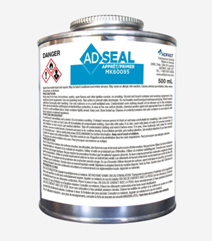
When caulking less adhesive surfaces, take the time to apply primer for best results.
Don’t forget to make sure the primer you use is compatible with the surface you’re using it on.
Backer rods

A backer rod is a flexible cylinder that can be used to fill gaps that are particularly wide or deep before applying sealant.
Inserting a backer rod into large gaps will help fill the empty spaces and give the sealant its optimal hourglass shape once applied.
Tools for applying sealant
Applying sealant isn’t an overly complicated process. You can learn the best method for sealing joints in just a few minutes.
The most common methods for applying sealant may not be complex, but they do require the use of specific tools to simplify the process and increase precision.
Caulking guns
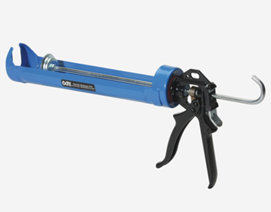
Whether the right sealant for your construction project comes in a cartridge or sausage format, you’re bound to find a caulking gun that you can use to apply the correct quantity easily.
Once you know how to use a caulking gun, it will give you perfect control over the amount of sealant you use.
Caulking gun nozzle
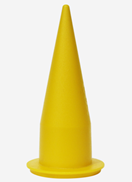
Caulking gun nozzles are great for hard-to-reach areas like the undersides of doors, the backs of sinks and toilets and windows near the ceiling.
When planning your caulking project, determine whether an angled nozzle might be helpful and take the time to learn how to open a cartridge and change the nozzle.
Tools for shaping caulking joints
Shaping caulking joints improves both their appearance and effectiveness. It makes the sealant airtight and ensures that it sets securely and evenly. It also makes for a more aesthetically pleasing effect.
Here are the accessories professionals use to shape their joints.
Small wooden sticks
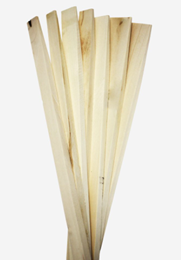
Simple wooden sticks can be used to shape sealant joints.
It’s best to have several different widths so that you can select the one that will give you the best finish for every joint.
More advanced shaping tools like the Adseal Blue Shaping Tool and the Adseal Multi Tool offer even more possibilities. Check them out to see whether they might be useful for your project.
Adfast: top quality accessories, tools and caulking products
That concludes our list of essential caulking tools and products. All that’s left is to head to the hardware store to get the equipment you need for your project.
At the store, look for Adfast’s Adseal sealants and accessories. Designed and manufactured by sealant industry leaders, they are the products of choice for professionals!



